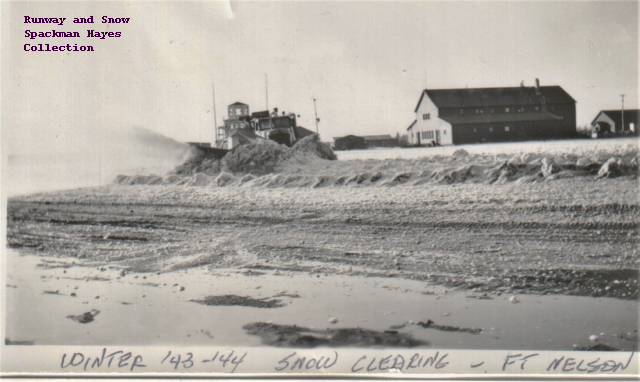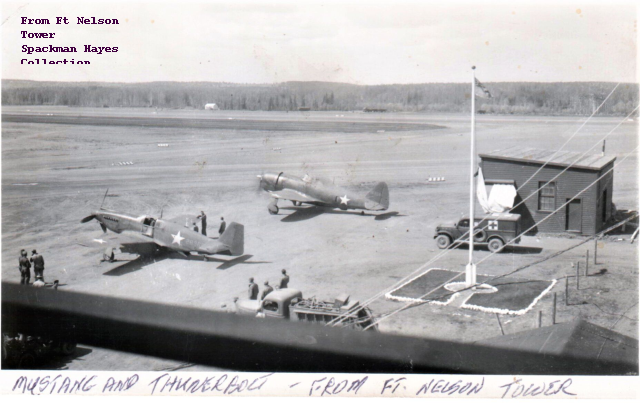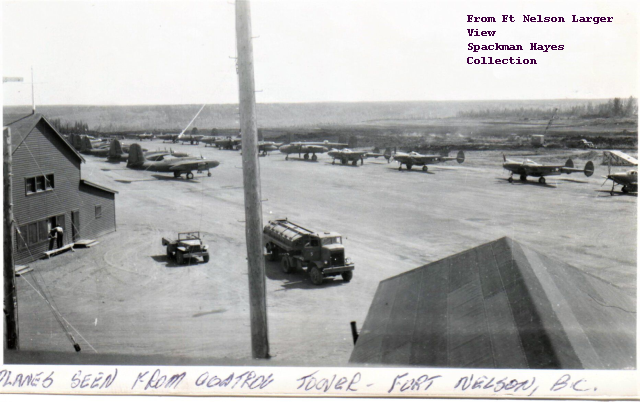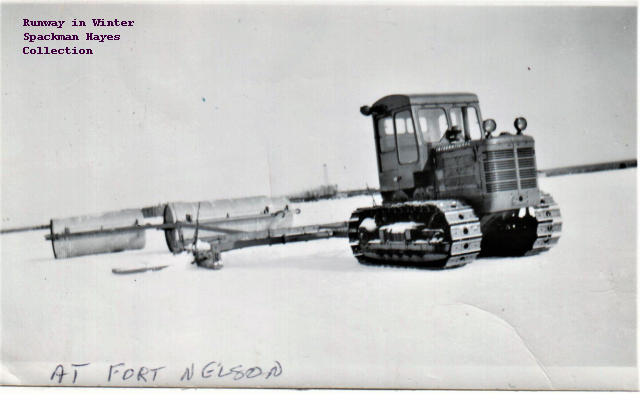
Heavy trucks on a road could carry enough men and weapons across Canada to Alaska to defend North America from a Japanese assault. But in 1939 no such road existed, and airplanes could at least carry some material. Between 1939 and 1941, desperate Canadians built a string of airfields across British Columbia and Yukon Territory.
In 1942 Americans, awakened to the danger by Pearl Harbor, desperately needing to move heavy trucks, stormed north to build the road for them—the Alaska-Canada Highway—connecting the string of airfields.

But through 1942 and 1943, even as Americans and Canadians labored feverishly to build and then upgrade the Alaska Highway, events elsewhere changed everything.
After the battle at Midway, Japan lost the initiative; would no longer maraud across the Pacific attacking wherever and whenever they liked. Driven from Kiska and Attu in 1943, they no longer threatened North America through the Aleutians. Alaska no longer desperately needed heavy trucks.
At the same time, millions of Soviet soldiers battled millions of German soldiers along a massive front that spanned the entire Soviet Union. The Soviets desperately needed warplanes. And the rest of the Allies desperately needed the Soviets to win.
Factories in the United States could churn out warplanes at a furious pace, but Hitler’s armies controlled the world between those factories and Soviet Air Force. The planes would have to use the back door to get to the Soviets. They would have to fly over the top of the world.
American pilots flew warplanes north to Vancouver and then from airfield to airfield along the NWSR to Alaska. In Alaska Soviet pilots took over to fly them across Siberia to the German front.

Through 1943 and 1944 the Northwest Staging Route grew busier and more important with every passing day. The airfields no longer existed to support the Alaska Highway. The Alaska Highway existed to support the airfields.

Through the rest of the war years Canadians and Americans worked desperately hard to expand and improve the NWSR. By 1945 Fort St. John, Fort Nelson, Watson Lake, Whitehorse and Fairbanks had primary airports. Emergency landing strips scattered at 100-mile intervals between them.
When you think about it. The War is what opened up the North country. Communities became more than outposts. They in a very real sense opened up the North to aquiring its resources, wether that be furs or gold. Nowadays its timber and oil.
Mel.